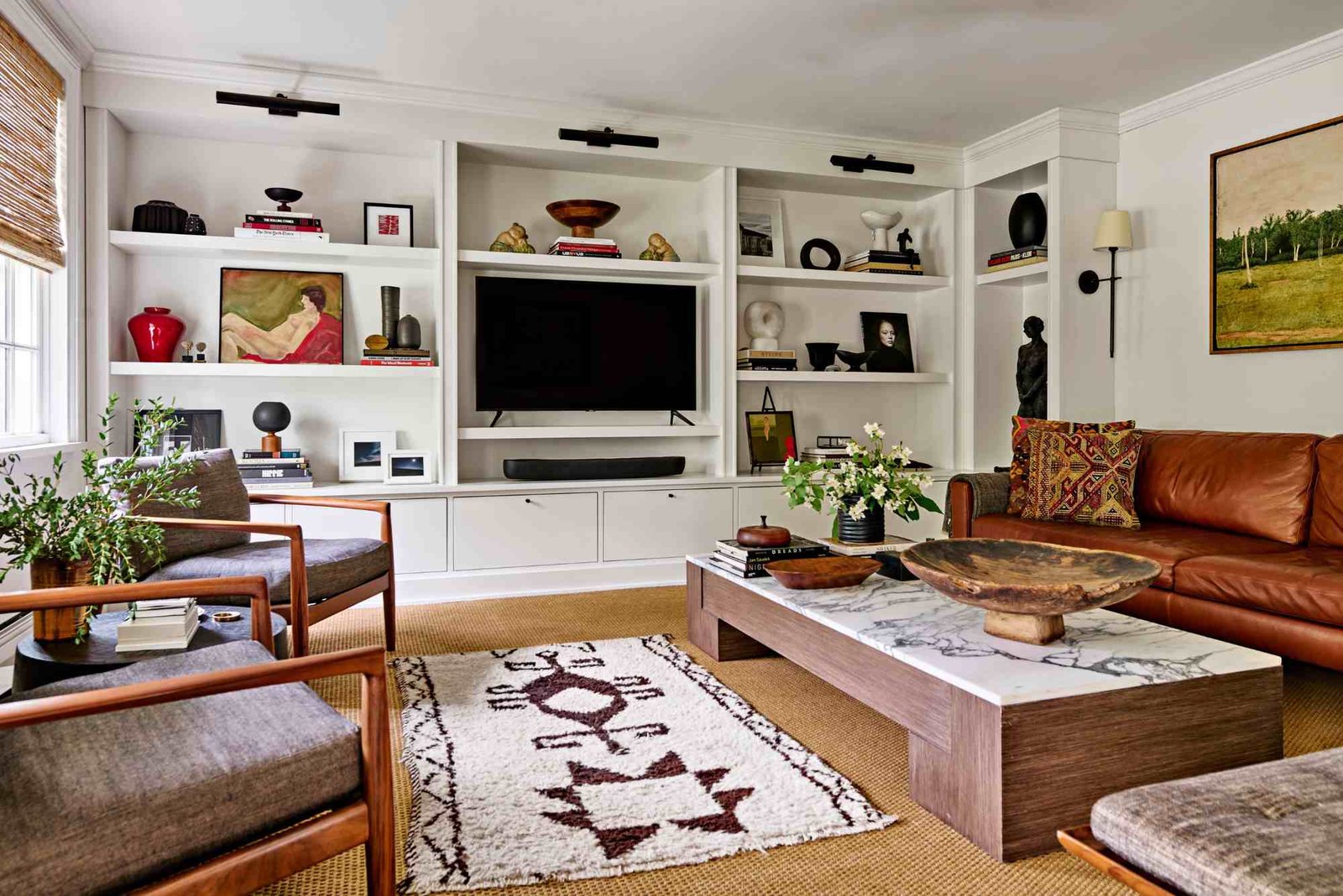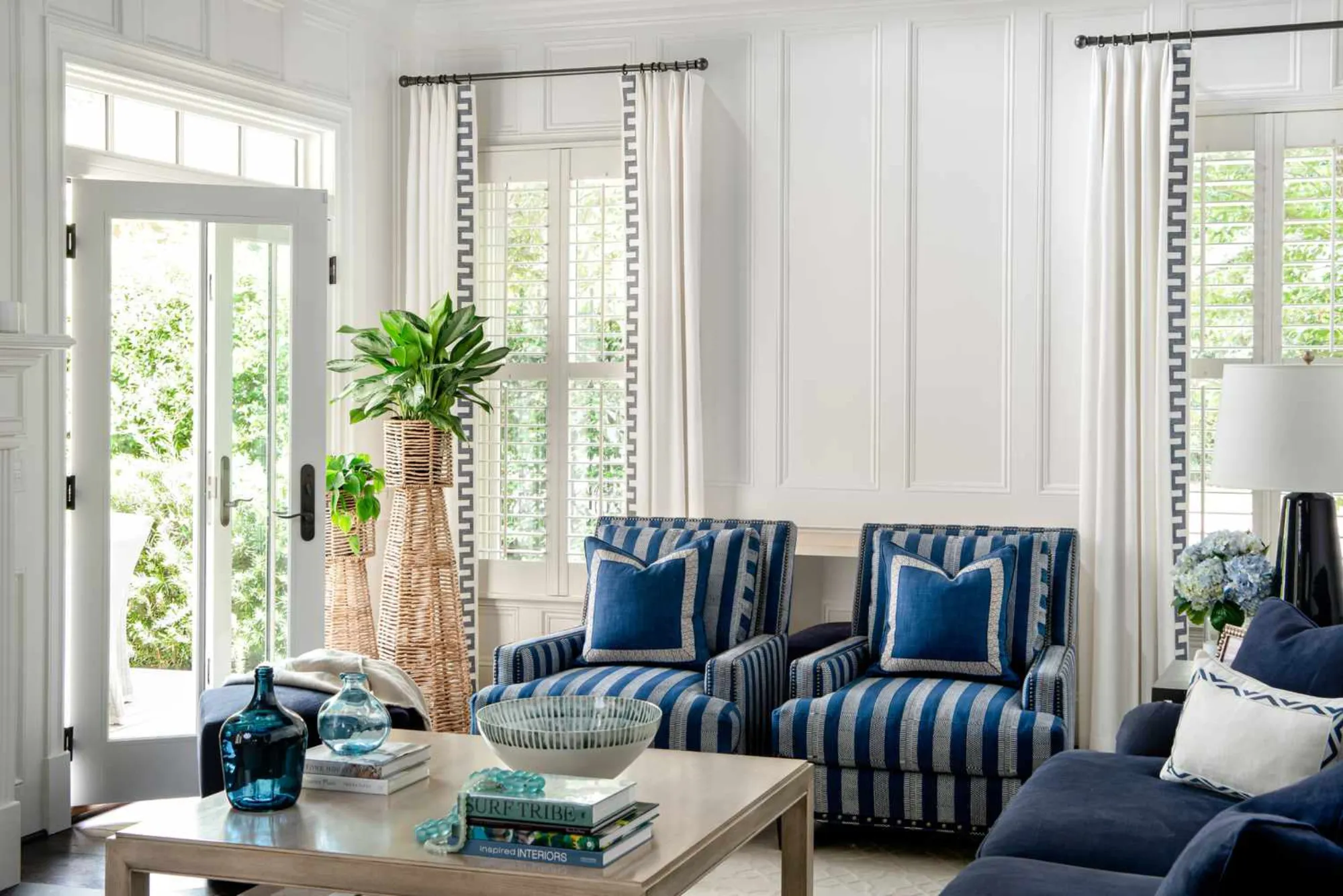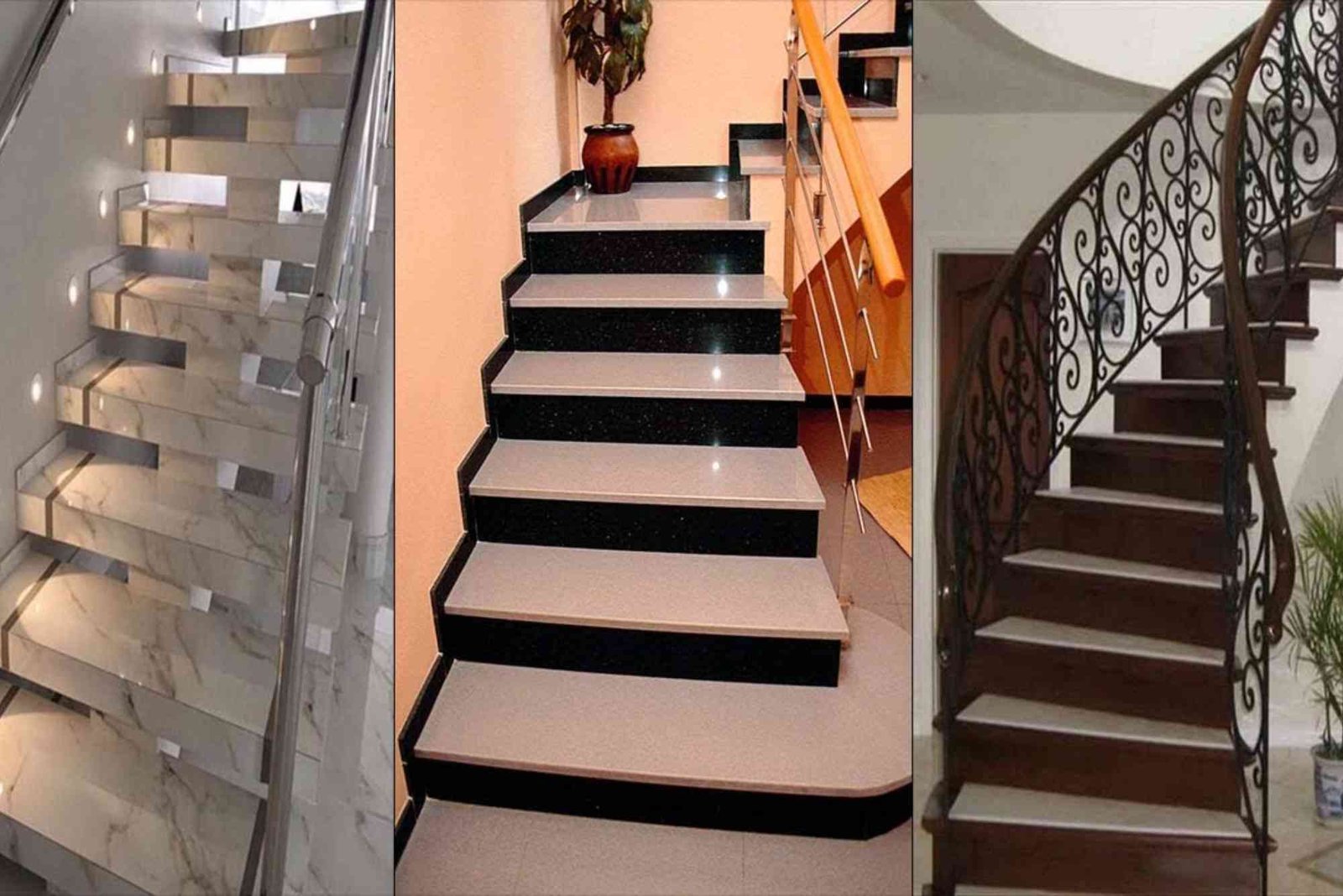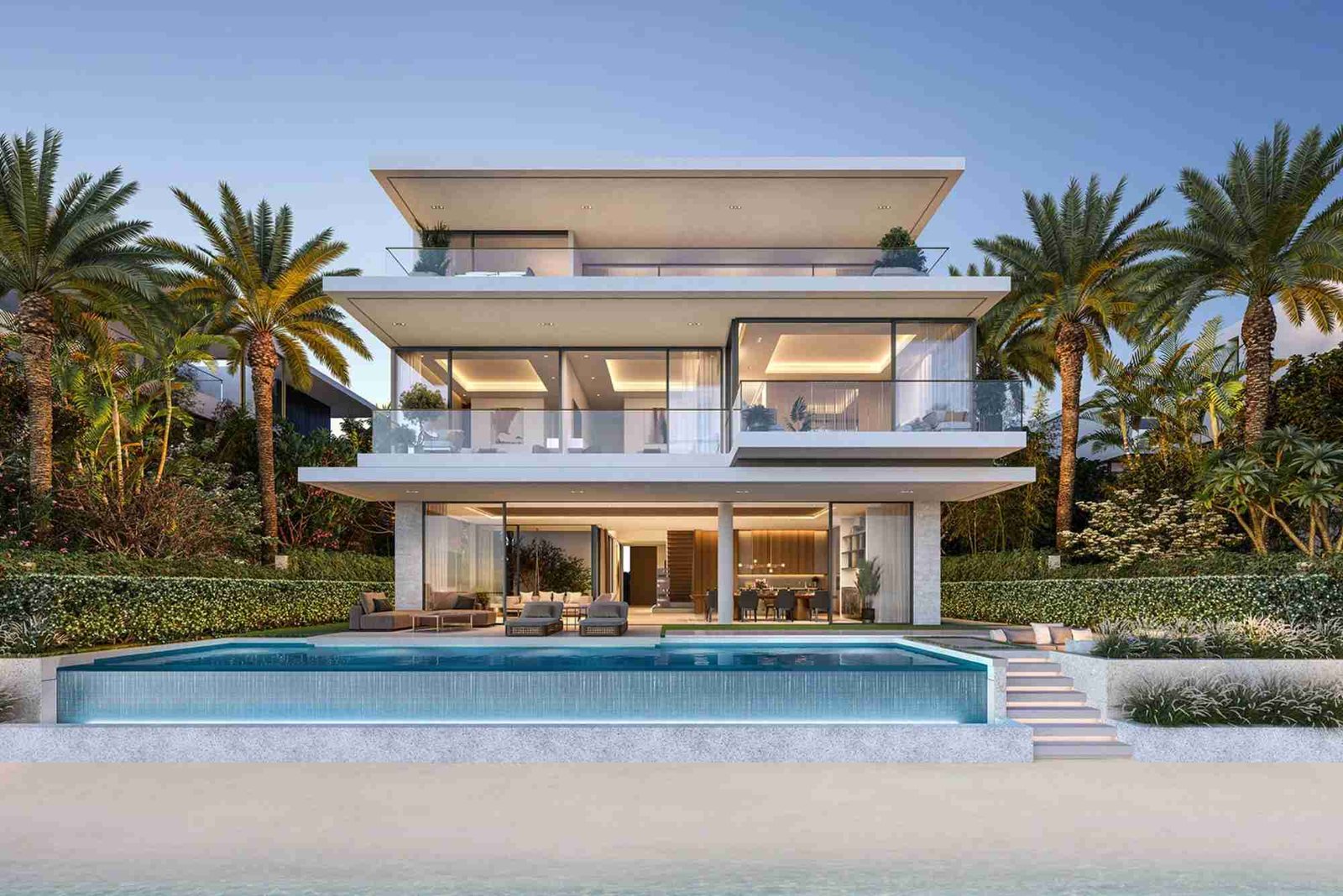Introduction
Designing a 14×16 living room layout can feel like solving a puzzle—every piece matters. The challenge lies in balancing style, comfort, and functionality within a medium-sized space. Whether you’re starting from scratch or rethinking your layout, this complete step-by-step checklist will help you plan every detail smartly and efficiently.
A well-designed 14×16 living room can transform your home’s atmosphere, making it both inviting and functional. Let’s walk through each stage of the process, from measuring to decorating, ensuring your layout looks professional and feels natural.
Understanding the 14×16 Living Room Layout
A 14×16 living room layout design offers 224 square feet to work with—enough for creativity but still limited in flexibility if not planned properly. The space is typically rectangular, which allows various arrangements for seating, entertainment, and movement.
In interior design, the best approach to a room this size is to define purpose zones—such as a TV area, reading corner, or conversational space—without overcrowding the floor plan. When each zone has a purpose, the entire room feels intentional and comfortable.
If you want to learn more about 14×16 living room layout design, you can explore detailed inspiration at AboutRoyal.
Measure and Map Your Space
The first and most important step is measurement. Measure the length, width, and ceiling height accurately. Don’t forget doorways, windows, and vents—they influence furniture placement and lighting flow.
Create a basic sketch or use digital tools like Roomstyler or SketchUp to visualize the dimensions. Once you map it out, experiment with different configurations before committing to one.
Precise measurement prevents mistakes such as purchasing oversized furniture or blocking natural pathways. This step saves time and money later in your design journey.
Define the Room’s Purpose
A 14×16 living room can serve multiple purposes. Is it mainly for entertainment, family gatherings, or relaxing with books and coffee? Defining its purpose helps guide your choices in furniture, color palette, and lighting.
For instance, if it’s an entertainment space, prioritize a central TV wall and comfortable seating. If it’s a formal room, focus on symmetry and accent furniture. Families with kids may opt for easy-to-clean materials and multifunctional furniture.
By knowing the purpose early, every following design decision becomes easier and more aligned with your lifestyle.
Choose a Focal Point
Every great room design starts with a focal point—it gives direction and structure. For a 14×16 living room layout, the focal point could be:
-
A media console with a mounted TV
-
A fireplace with decorative mantels
-
A large window with a scenic outdoor view
Position your main seating facing or surrounding the focal point. This helps establish natural conversation zones and improves visual flow. A focal point anchors the design and adds personality to the space.
Plan Your Furniture Layout
When arranging furniture, balance and proportion are everything. Start with large items such as sofas, sectionals, or armchairs. Then fill in smaller elements like side tables, ottomans, or accent chairs.
Keep at least 30–36 inches of walkway between furniture pieces to ensure comfortable movement. Avoid pushing everything against the walls—it can make the room look flat and uninviting.
A U-shaped or L-shaped seating arrangement works beautifully in a 14×16 living room, creating intimacy without blocking pathways.
Tip: Use area rugs to define zones, especially in open-concept spaces.
Lighting Design and Placement
Lighting shapes ambiance. For a 14×16 layout, combine three types of lighting: ambient, task, and accent.
-
Ambient lighting: ceiling fixtures or recessed lights provide general brightness.
-
Task lighting: table lamps or floor lamps add functional illumination for reading or working.
-
Accent lighting: wall sconces or LED strips highlight artwork or décor.
Layering lighting sources ensures depth and mood flexibility—perfect for a living room that transitions between activities. Dimmer switches are an excellent addition for controlling brightness levels throughout the day.
Select Color Schemes Wisely
Colors influence perception of space. Lighter shades make a 14×16 living room feel airy and open, while darker hues create intimacy and drama.
A neutral base—like beige, ivory, or soft gray—works well for walls, while bold tones such as navy, emerald, or terracotta can appear in accents or furniture. Adding textures through fabrics, rugs, and cushions prevents a flat look.
Avoid overloading with too many contrasting colors. Instead, follow the 60-30-10 rule: 60% dominant color, 30% secondary, and 10% accent tones.
Incorporate Smart Storage Solutions
A well-organized living room feels larger. Floating shelves, built-in cabinets, or multifunctional furniture pieces like ottomans with hidden storage can help you maintain a clean aesthetic.
Choose pieces that blend with your design instead of standing out as bulky additions. Smart storage keeps clutter minimal while maximizing function—especially valuable in a medium-sized 14×16 living room layout.
Add Personal Touches Through Décor
This is where personality shines. Use artwork, decorative pillows, and plants to make the room feel uniquely yours. A well-placed mirror can expand visual space and reflect light, brightening darker corners.
Layer textures—mix leather, linen, and wood for warmth and contrast. Avoid crowding surfaces; give each decorative piece breathing room to stand out.
For more inspiration on décor, explore home & decoration basics to refine your personal aesthetic.
Create Balanced Traffic Flow
Even the most stylish room fails if it’s hard to navigate. Ensure natural walkways connect entry points, seating, and exits without interruption.
For a 14×16 living room, center your layout around the focal area but maintain open lines toward doors and hallways. Angled or floating furniture can subtly direct movement while keeping balance intact.
Good traffic flow enhances usability and visual harmony.
Accessorize with Function and Style
Accessories complete the design but should serve a purpose. Layer throw blankets for comfort, add trays for coffee tables, and incorporate greenery for life and color.
Opt for fewer, higher-quality accessories rather than many small ones. This approach keeps the space elegant, not cluttered.
Consider functional art—like sculptural lighting or a designer clock—that adds both style and practicality.
Use Proportion and Scale Correctly
Furniture scale can make or break your design. Oversized sofas can overpower a 14×16 layout, while tiny pieces may look awkwardly scattered. Aim for balance: choose pieces proportional to wall length and ceiling height.
If in doubt, measure your main furniture before purchase. The sofa should typically take up no more than two-thirds of the wall space behind it. Accent chairs and tables should visually “anchor” the room without cramping it.
Integrate Technology Thoughtfully
In modern homes, technology is part of design. Conceal wires, use wall-mounted TVs, and hide gadgets in built-in cabinets or media units.
Smart home devices can blend seamlessly when paired with neutral tones and sleek finishes. Consider integrating USB ports in side tables or adding a smart thermostat for comfort and efficiency.
Technology should enhance—not dominate—the atmosphere of your 14×16 living room.
Maintain Visual Balance and Harmony
A cohesive room feels natural because every element belongs. Achieve this with symmetry, color repetition, and balanced shapes. If one side of the room has heavy furniture, offset it with art or shelving on the opposite wall.
Symmetry can make smaller spaces feel more organized, while asymmetry adds modern flair when done intentionally.
When choosing inspiration, explore professional home design references at ArchDaily for layout ideas and creative approaches.
Evaluate and Adjust
Finally, step back and evaluate your living room. Walk through the space at different times of the day to observe lighting changes and comfort levels.
Rearrange items if needed—sometimes small adjustments in furniture placement or décor positioning make a huge difference in how the room feels and functions.
Good design evolves with you; don’t hesitate to refine it until it matches your lifestyle perfectly.
FAQs
How do I arrange furniture in a 14×16 living room?
Arrange furniture around a focal point like a fireplace or TV, maintaining clear walkways and balanced spacing. Use rugs to define zones.
Can I fit a sectional in a 14×16 living room?
Yes, but choose a compact L-shaped sectional that doesn’t overwhelm the space. Pair it with smaller accent chairs or nesting tables.
What is the best color for a small living room?
Light neutral tones like beige, cream, or light gray make the room feel spacious. Add pops of color through pillows or art.
How do I make my 14×16 living room look bigger?
Use mirrors, light colors, minimal furniture, and layered lighting to visually expand the room. Keep clutter away and maintain open space.
Should I use curtains or blinds?
Both work well. Curtains add softness and texture, while blinds offer a modern, clean look. Match them with your color scheme.
Designing a 14×16 living room layout isn’t just about arranging furniture—it’s about creating a balanced, inviting atmosphere that reflects your lifestyle. From planning measurements to choosing the right colors and décor, each step plays a role in achieving harmony.




